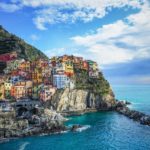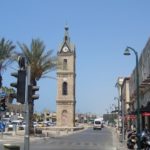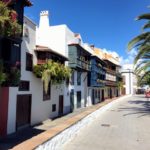The Rhythm of Daily Life in Rio de Janeiro


As you stroll inland from the Praia Ipanema, it almost feels like an isthmus with shops, restaurants, and bars scattered along the 6-8 blocks between the beach and the Lagoa, or lagoon. The Lagoa has its own boardwalk that simultaneously hosts a second set of Cariocas, who promenade along the boardwalk. On sunny days, you can observe paddle boaters, crew practice and even some waterskiing on the Lagoa, which will be the site of many of the water sports in the 2016 Summer Olympics. What makes Rio even more unique is that the Lagoa gives way to the Tijuca forest and the mountains.
When I first arrived in Rio and breathed in the picturesque scenery, Rio reminded me of a cross between Honolulu, HI; San Sebastian, Spain; Venice Beach, CA and even my hometown of La Jolla, CA. While each locale is special in its own right, none reflect the bustle and intensity of Rio. As the second largest city in Brazil, Rio is home to more than 12 million people who reside in the greater metropolitan area, all of whom appear to share a sincere appreciation for the praia. Sunny days bring out locals, tourists, and vendors alike. Although the inverno, or winter season is beginning here in Rio, the air temperature has remained in the range of 70-85 degrees. While it has been nearly five years since I spent a North American summer at the ocean, after my first few weeks in Rio, it is clear that my beach roots are not buried too deeply in the sand.
As the former Capital of Brazil, prior to the 1960 inauguration of Brasilia as the nation’s new capital city, Rio’s beach town feel is complemented by its historic character. When the Portuguese Royal Family fled their Iberian homeland during the Napoleonic War, they sought refuge in the Western Hemisphere and ruled their empire from Rio de Janeiro. With the Royal Family in residence in Rio from 1808-1821, imperial buildings were constructed throughout the city and its environs. Many of these nineteenth century structures are still in use and are located in the Centro such as the Museu Nacional de Belas Artes, Theatro Municipal, and the Biblioteca Nacional. Today, more than two centuries later, the Centro is packed with beach-loving professionals who crowd the avenues of Rio Branco during the week and lounge in the Zona Sul on the weekends.
To top a wonderful Sunday exploring Rio last weekend, I happened upon a concert on the sand in honor of the Tom Jobin, a classic Bossa Nova singer. A current favorite, Vanessa de Mate, starred in the concert and as one of her last songs, sang the world famous, “Girl from Ipanema” while standing at the Garota de Ipanema. So as an adopted girl from Ipanema, I’m grabbing my swimsuit and conga and heading for the sand…
Photo by Melanie Kaplan.









Excelente articulo, y felicidades, fue un gusto conocerle durante la FIDAE.